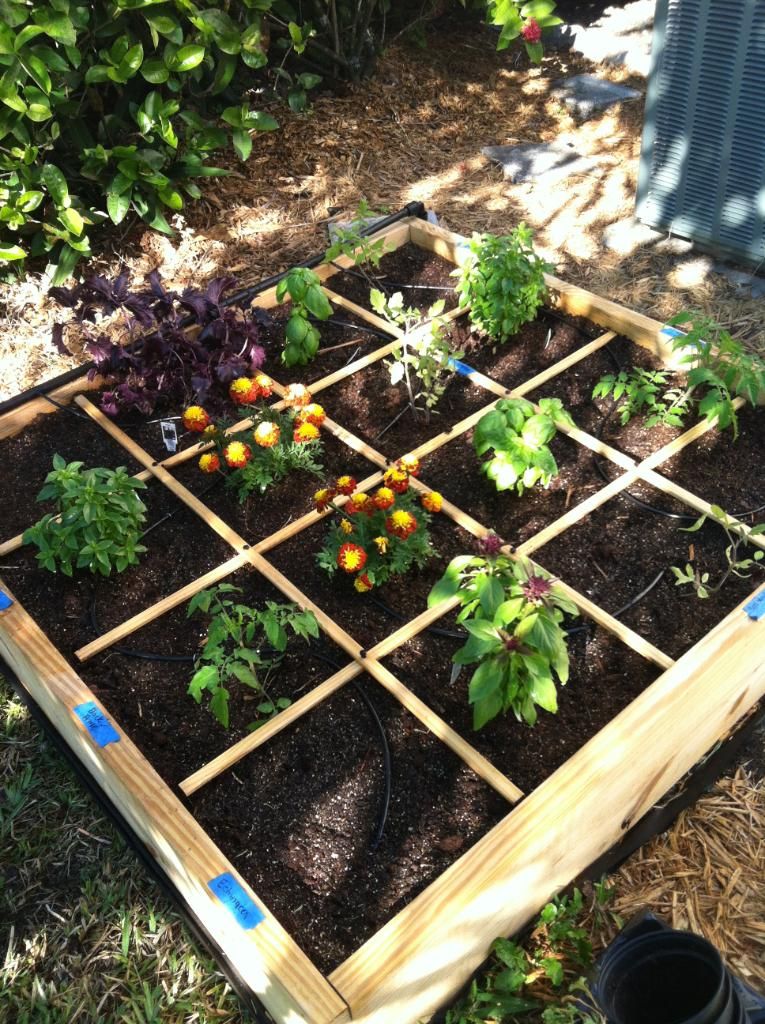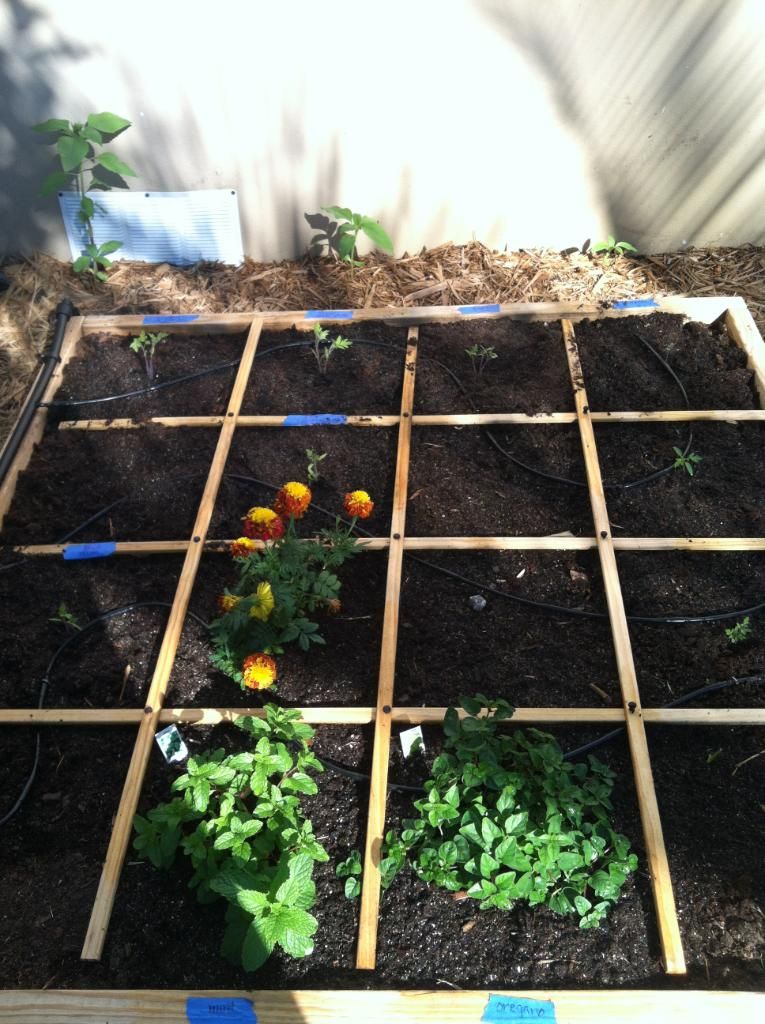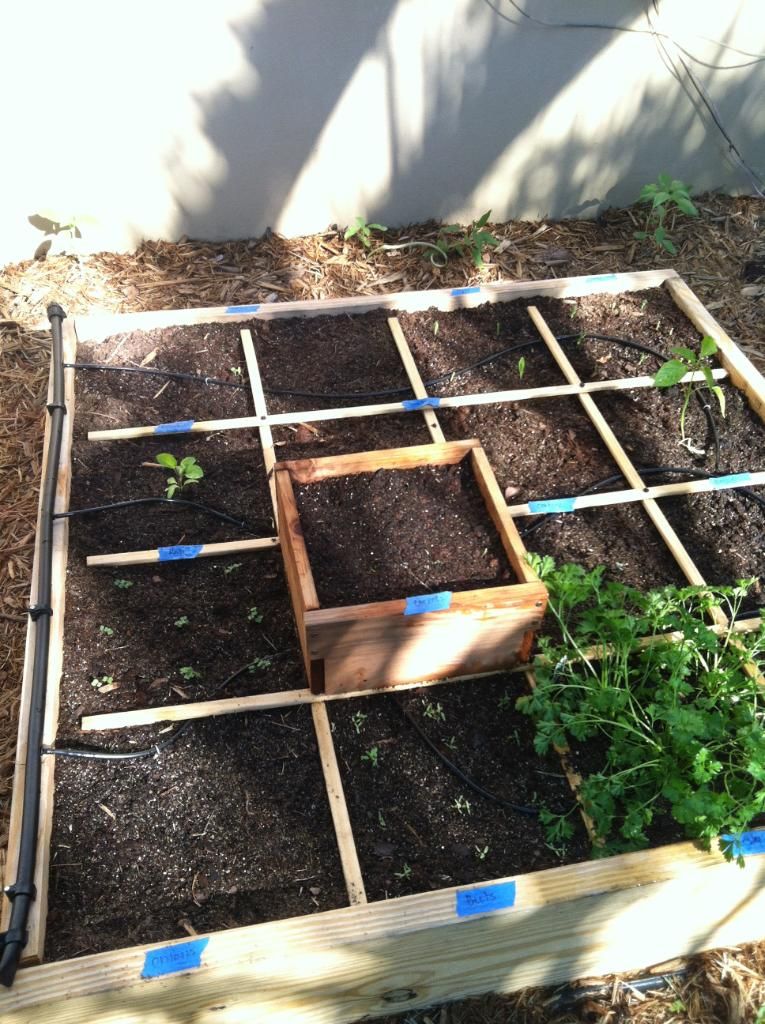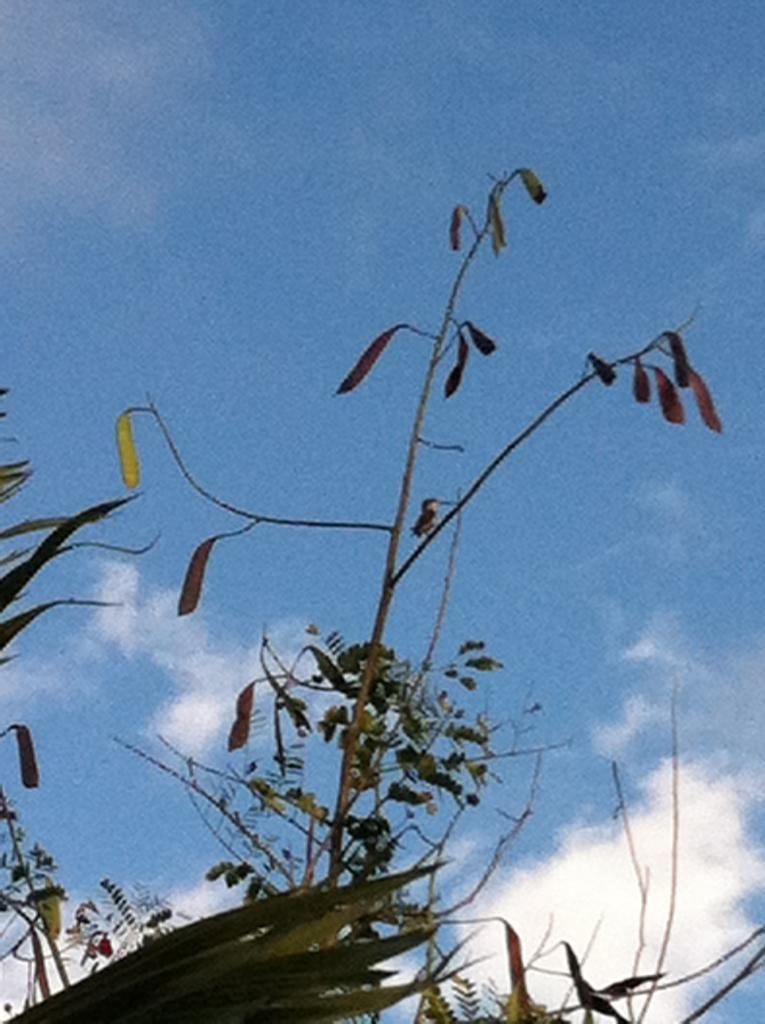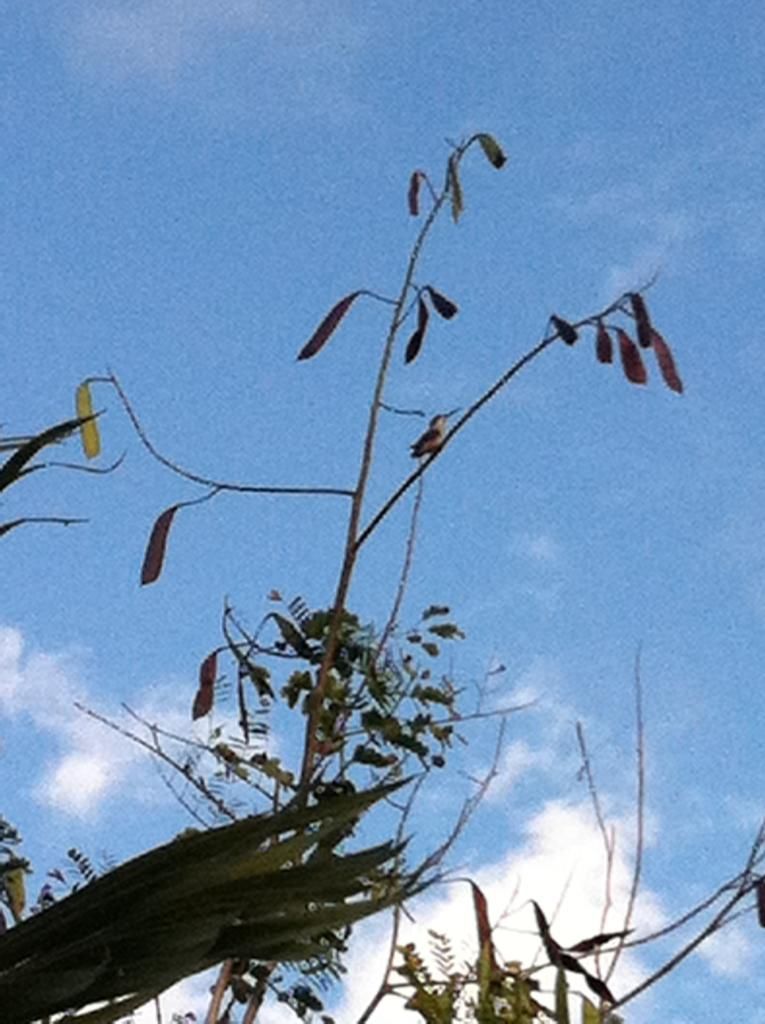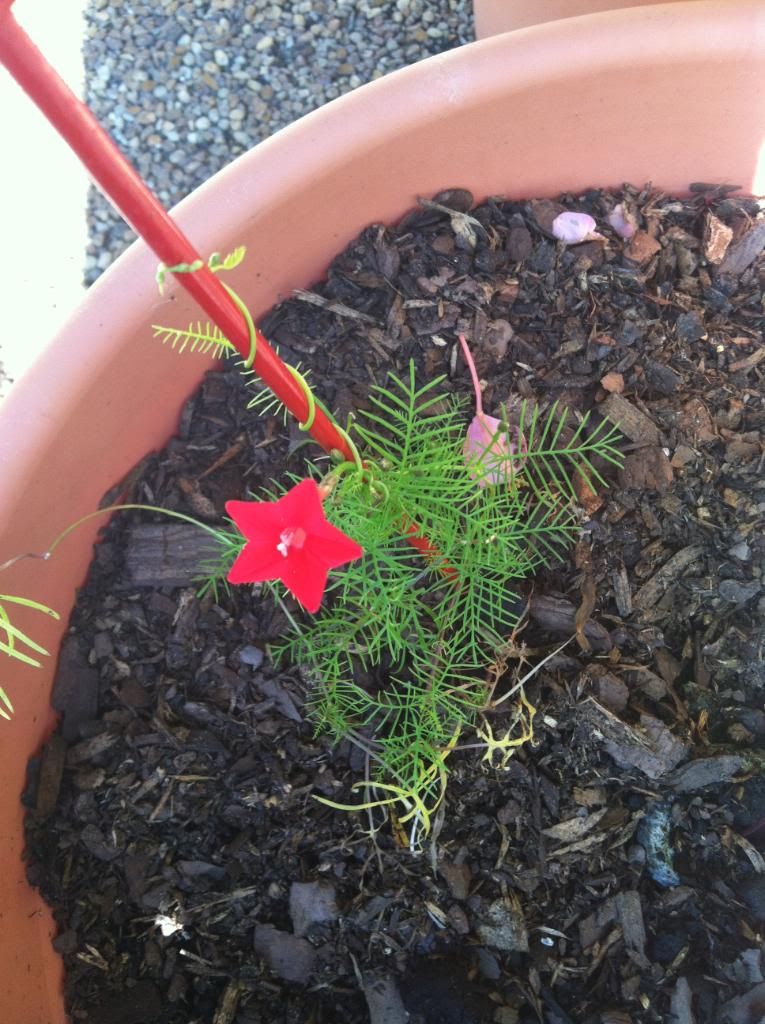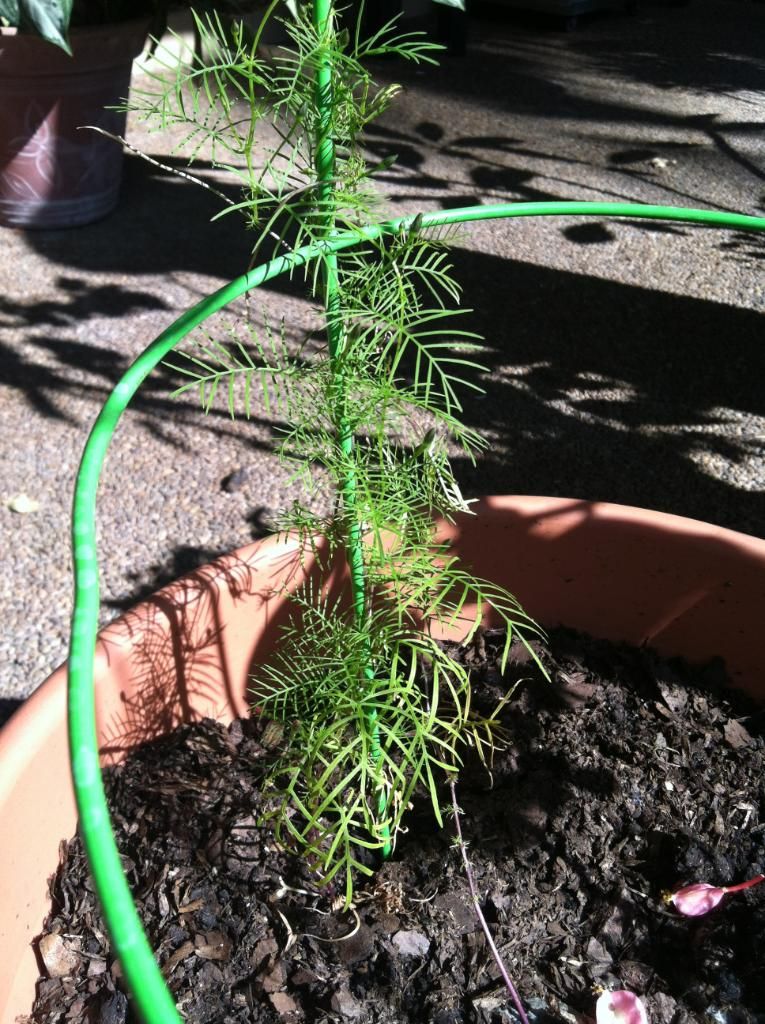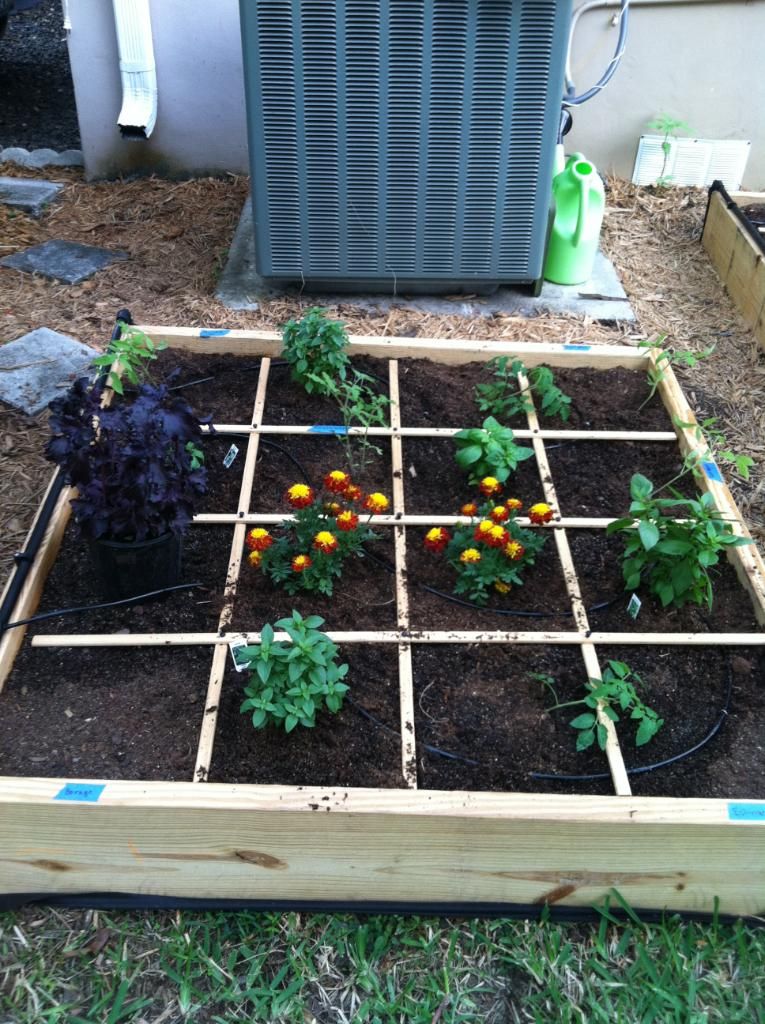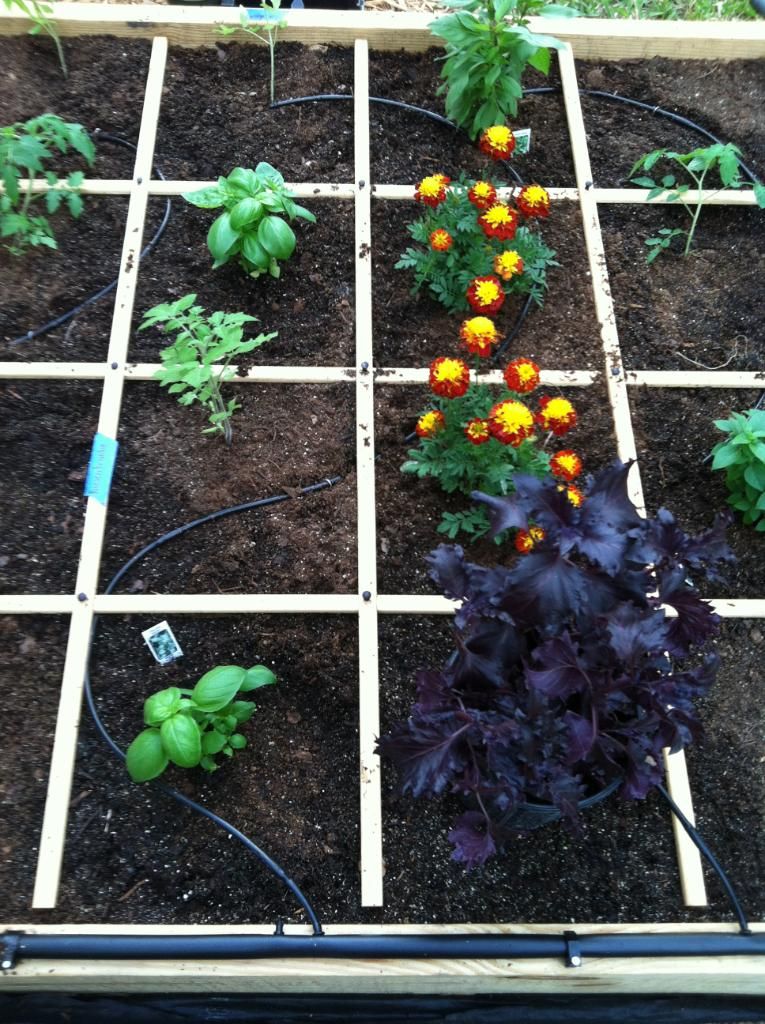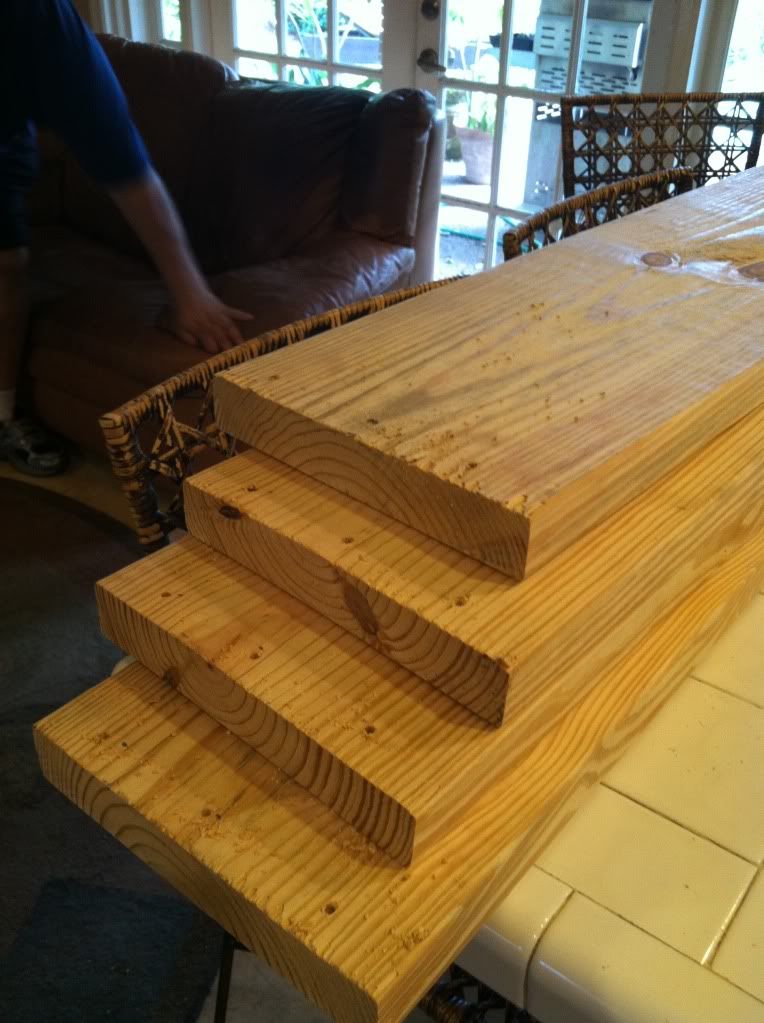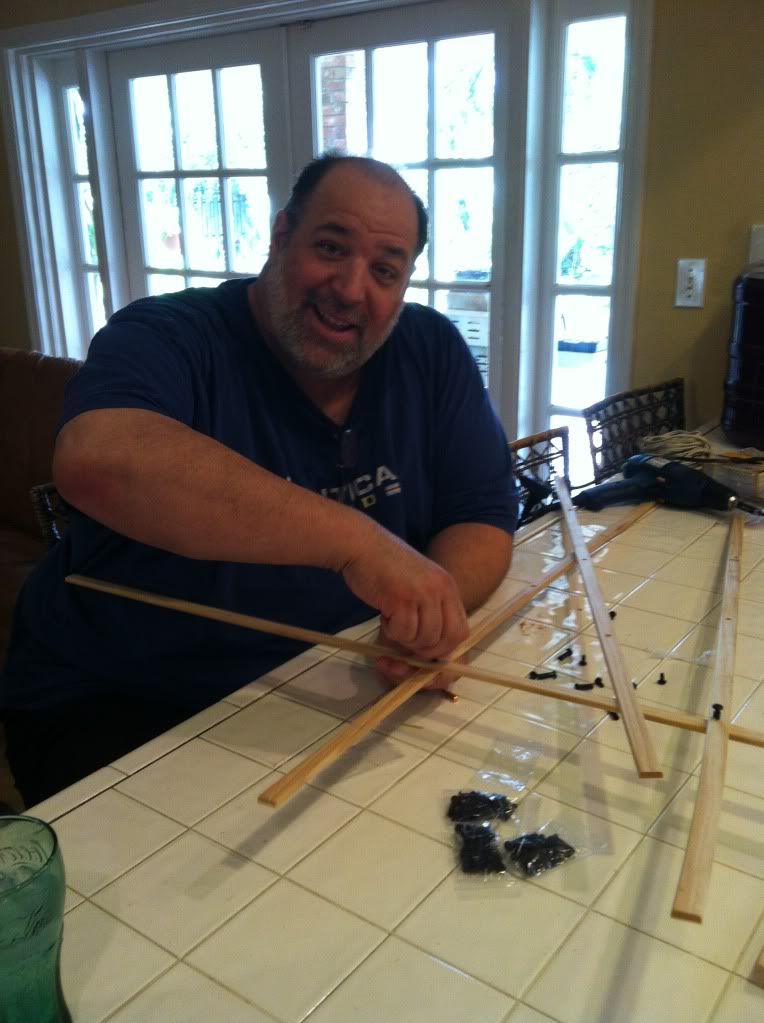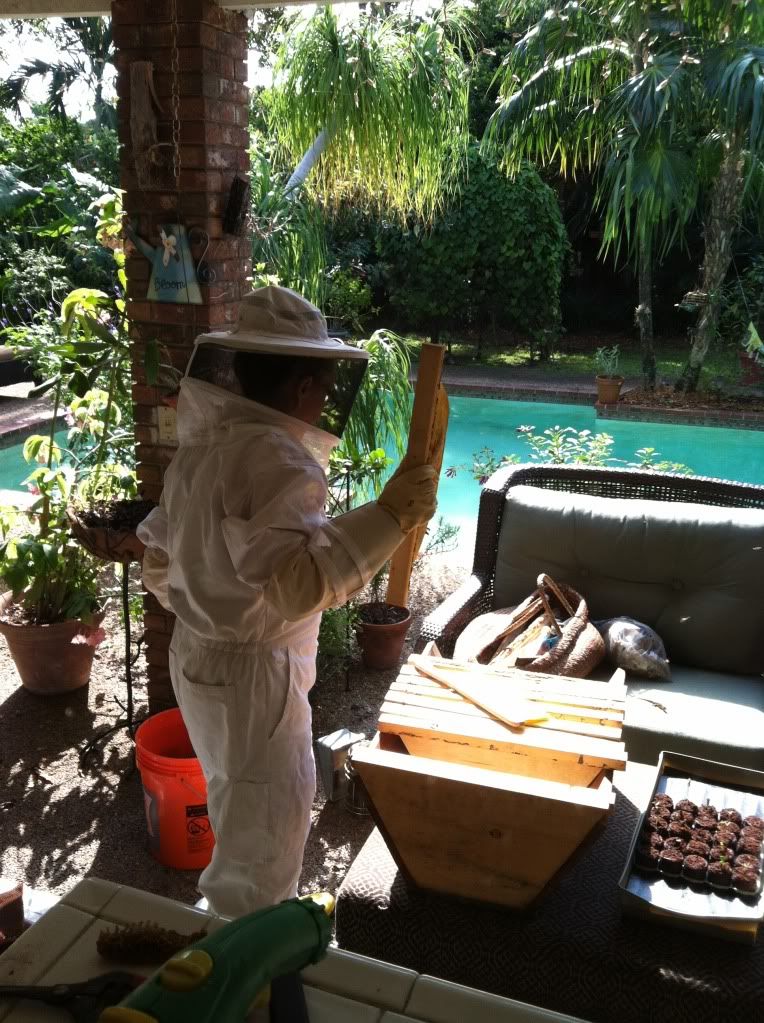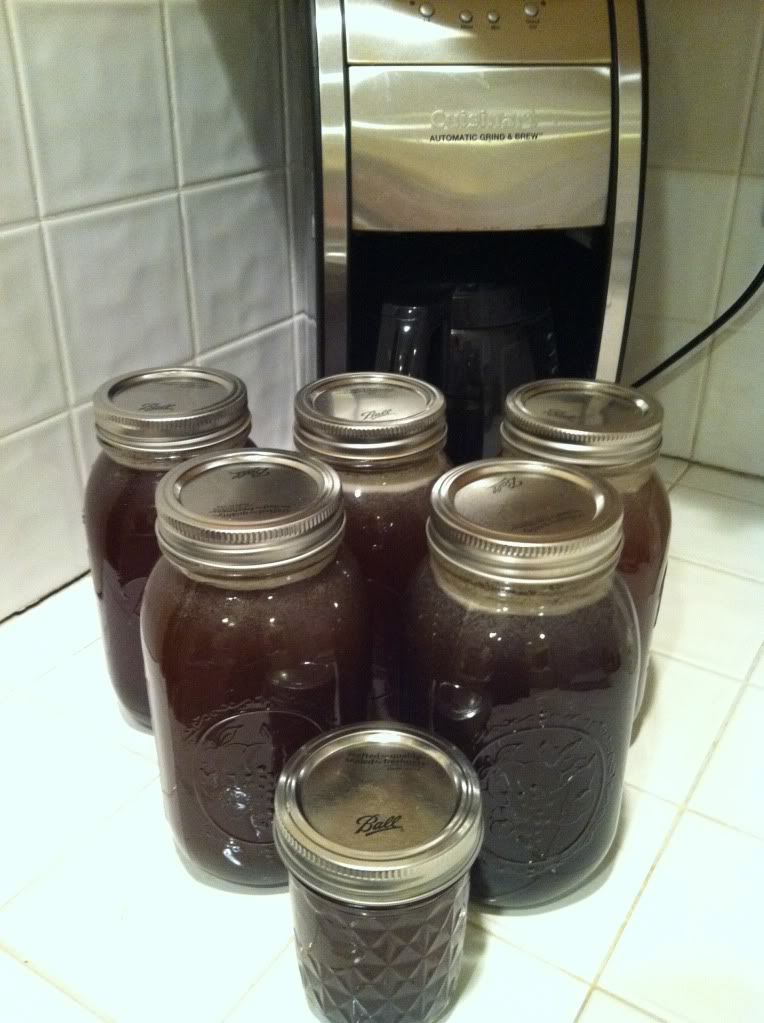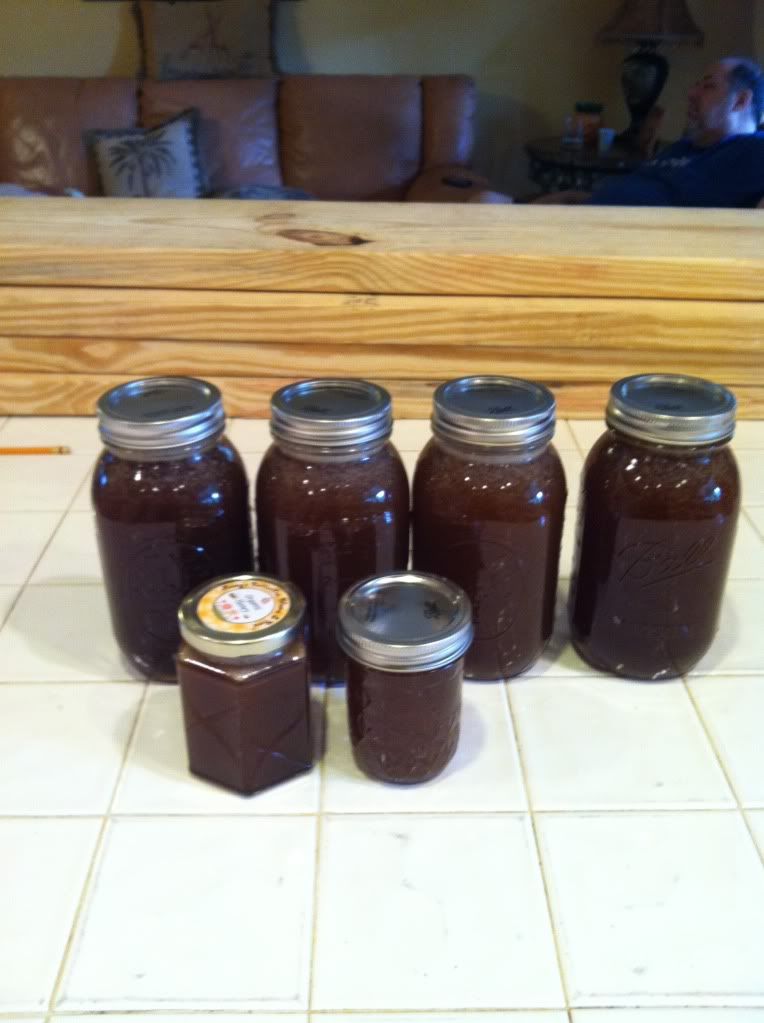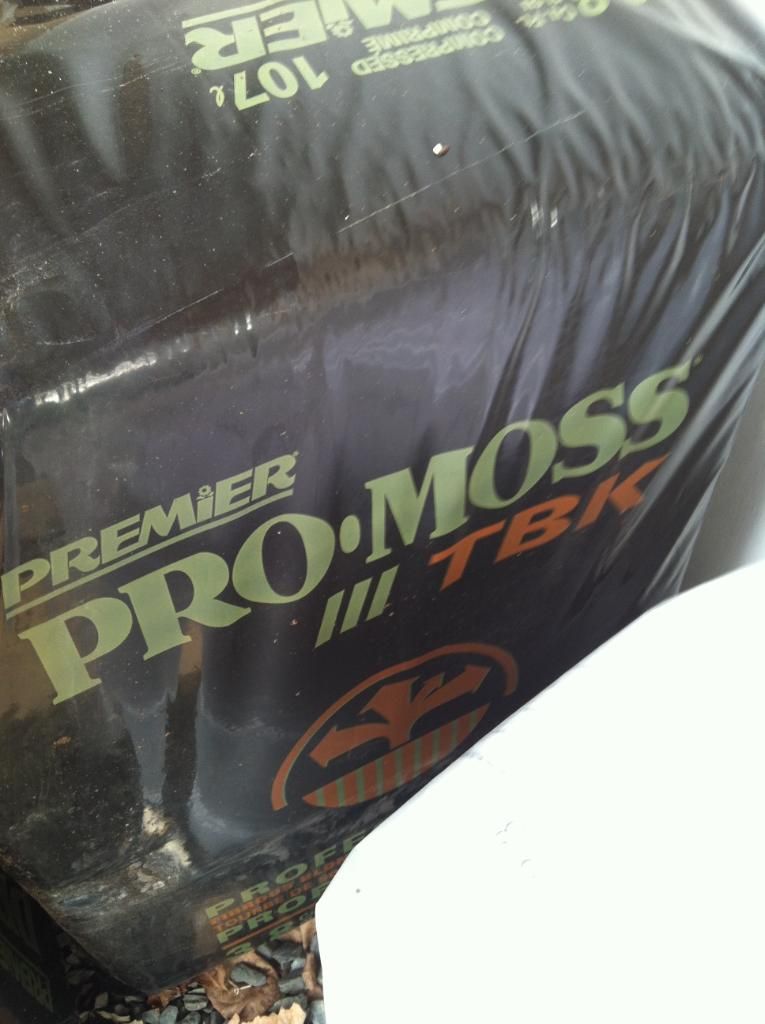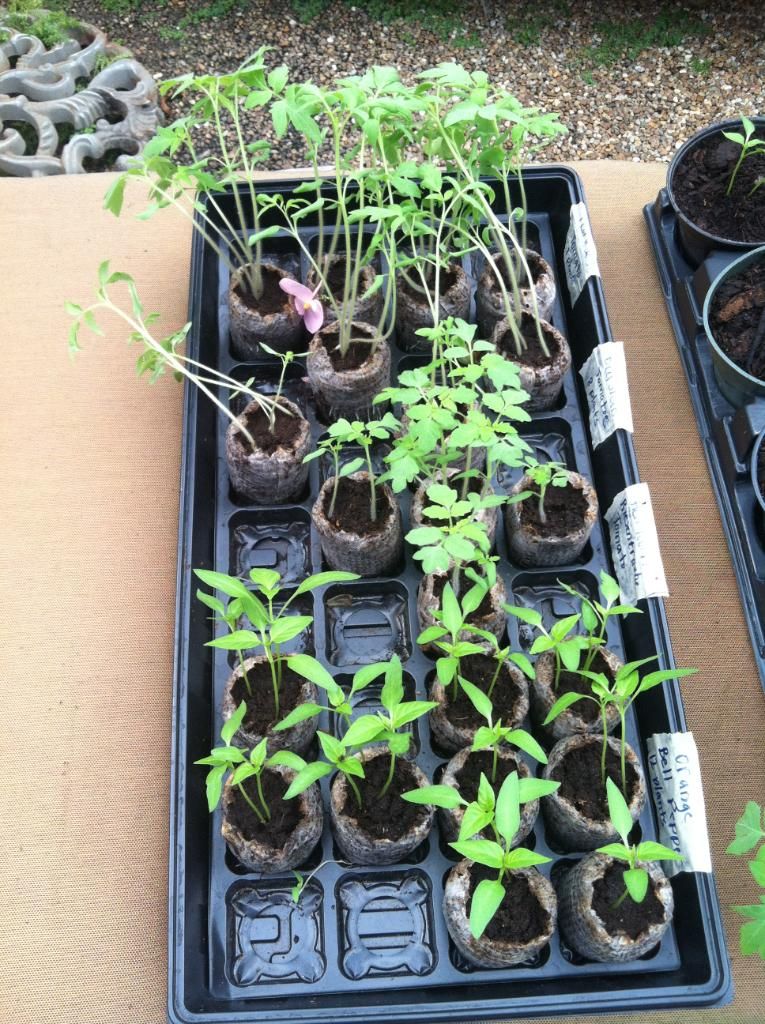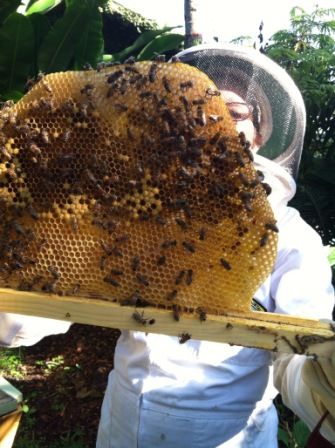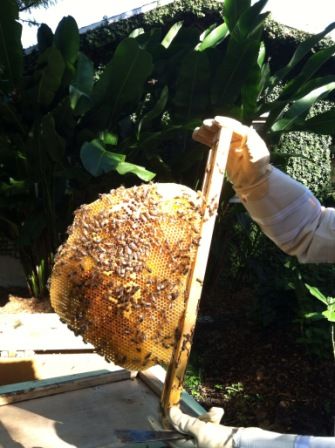I have been preparing to plant my first vegetable garden for several weeks now. In preparation I have been reading many books and articles about vegetable gardening in Florida. Florida is a different animal than the rest of the country. Growing up in the north I am use to vegetable gardening ending as fall and the first frost is occurring, but here in Miami our growing season is just beginning. So what is involved in preparing to set up my vegetable garden?
First of all it is important to pick a site that gets at least 6 hours of sun and is close to a water source. The west side of my house gets sun from mid morning until almost sunset. I am slightly concerned that it may get too much sun, but many of the fruiting vegetables such as tomatoes, need a lot of sun to produce fruit. I have several water faucets on that side of the house and I also have access to my well water. I have considered adding a water barrel to collect rain water, but the rainy season is almost over. This is something to think about for next year. It is the perfect site as it is right near one of the downspouts coming off the house. I could set up a water barrel to collect water right there. It is right next to where I will have the garden. Good drainage is also important. You do not want water pouring off the roof line and flooding your plants, nor do you want an area where water doesn’t drain well. You also want to make sure that you locate your garden in a convenient place. I really can’t see the garden on the west side of the house, but it is the sunniest area in the yard. It also is not in an area where my big Boxer Bandit can run through the plants. There is no traffic in this area and other than a few birds or raccoons. I think the garden will be in a great place in my yard.
Secondly it is important to prepare your beds or containers. At first I thought I would dig down and work my soil by adding compost, and organic material, but as soon as I started to dig I realize this would be a big undertaking. I did not think I was strong enough and it would take a lot of work to improve my soil. I considered getting my soil tested. Remember that most of the neighborhoods in my area of South Florida were built on Coral Rock. This is very difficult to improve. As I started researching I decided that a better idea for a South Florida garden would be to consider a raised bed garden. I discovered a method called Square Foot Gardening. I will go into greater detail in a minute. I had never heard of this method before and I think it is the perfect plan for my garden.
Now the plan. Before planting, draw a garden plan that includes the name, location and planting date of the vegetables you want to grow. The University of Florida has an excellent planting guide for Floridians to follow.
http://edis.ifas.ufl.edu/vh021 Make a list of supplies and order seeds. I ordered mostly heirloom seeds months ago from Baker Creek Heirloom Seed Company. I was very concerned about not planting any GMO seeds in my garden and also did not want to choose hybrid seeds. Heirloom seeds are passed down for many generations and are open pollinated. As a sustainable organic gardener this was an important consideration in picking my seeds.
The most important factor to consider in planning a vegetable garden is your soil. I will go into further detail about the soil when I explain the Square Foot Garden Method. Most Florida soils benefit from the addition of organic matter, such as animal manure, rotted leaves, compost, and commercial soil mixes. Adding your own compost from your own compost pile is also an excellent source of organic matter.
So what is the Square Foot Garden method and who developed it? It was developed by Mel Bartholomew. His gardening book is the best selling gardening book ever sold, with over 2 million copies sold. He was a civil engineer by profession and a frustrated gardener by weekend. When he retired he decided to attend a composting class given by his local nursery. The instructor ended up not showing up and he led the discussion and the class decided to meet again. He was convinced that single row gardening was a waste of energy and output. Single row gardening was the norm because “that’s the way we’ve always done it.” Mel Bartholomew condensed the unmanageable single-row space to 4x4 feet, amended the soil, and he developed a gardening system that yields 100% of the harvest in 20% of the space. His method gained popularity and strength, and ultimately converted more than one million gardeners worldwide. “Square Foot Gardening,” was the highest rated PBS gardening show to date. Launched in 1981, it ran weekly for five years.
After discovering his method I quickly bought his book. I thought this was the perfect method for my first vegetable garden. He recommends building 4x4 boxes only 6 inches high. You should be able to access your box from all sides. That is why he recommends no larger than a 4x4 space. I built three 4x4 boxes out of pine. I followed his instructions and watched several YouTube videos on how to build raised bed garden boxes. They were pretty easy to build. Here are some pictures of me building the boxes. I think I look like I know what I am doing right? I did not use treated wood as I did not want any chemicals from the wood to seep out into the soil. I chose to use 10 inches high wood because I wanted to plant carrots, and other root vegetables. One of the most important concepts to Square Foot Gardening is the grid that is placed on top of the boxes. Without this grid it would not be square foot gardening. I purchased mine through Mel’s website. It is made from wood, and the 4x4 area is mapped out into square foot sections. So, in a 4x4 box you have 16 square feet in which to garden. Depending on the size of the plant you can plant 1, 2, 4, 6, 9, 16 plants per square foot. For example, 1 tomato, 2 cucumber, 4 swiss chard, 9 spinach, 16 carrots etc. in a square foot. To conserve space he recommends gardening up.
Because you are using a raised bed he recommends the perfect soil. So no matter what your local soil conditions are in your area, you will start with the perfect soil named Mel’s Mix. It consists of 1/3 compost, 1/3 peat moss, and 1/3 coarse vermiculite. I went down to Homestead, Florida to Diamond R Fertilizer and bought enough peat moss, vermiculite, and some of the compost soil. I needed approximately 14 cubic square feet per each 4x4 box. He also recommends using compost from different sources. So I bought several bags from 3 different sources, Diamond R, Home Depot and my local nursery.
There is so much that I could tell you about his method and I highly recommend his book if you are planning a vegetable garden with limited space. His method conserves resources and like I said earlier yields 100% of the harvest in 20% of the space.
I am at the point that I am ready to start planning where each plant will go. I am looking into companion planting to help me decide what plants to plant next to each other. I believe I have all my equipment that I need to start planting. I have built my boxes, I have my soil to mix together, and my seedlings are started. In fact I transplanted my tomatoes, and peppers into larger pots, so they can grow a little bigger before I plant them permanently in my square foot garden. The area where the boxes are to be located is ready. I am just waiting for the weather to get just a little cooler. Supposedly we are going to experience our first cold front next week, after we experience a late season tropical storm/ hurricane Sandy.

